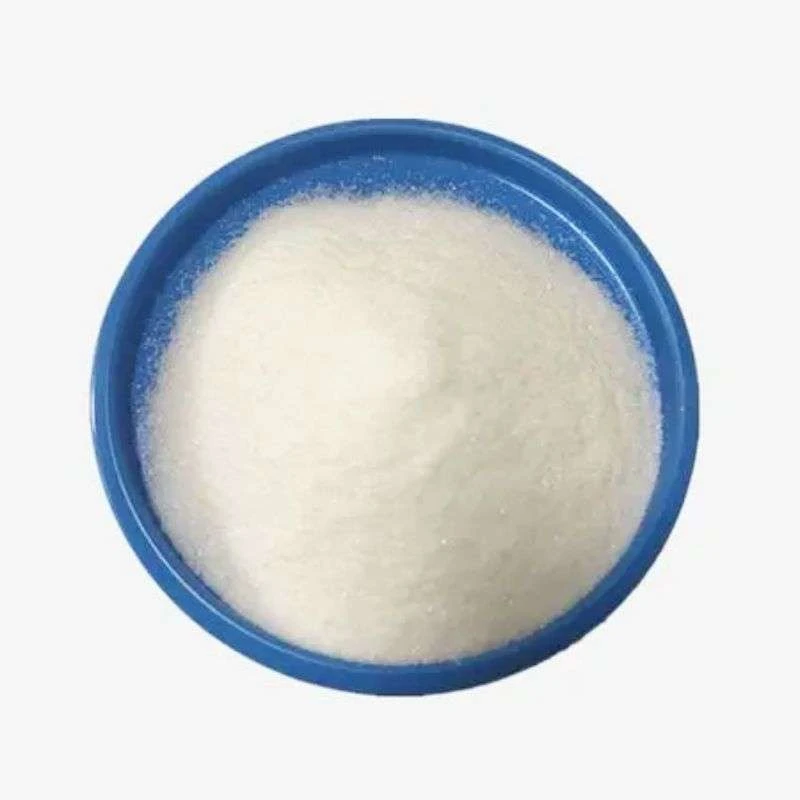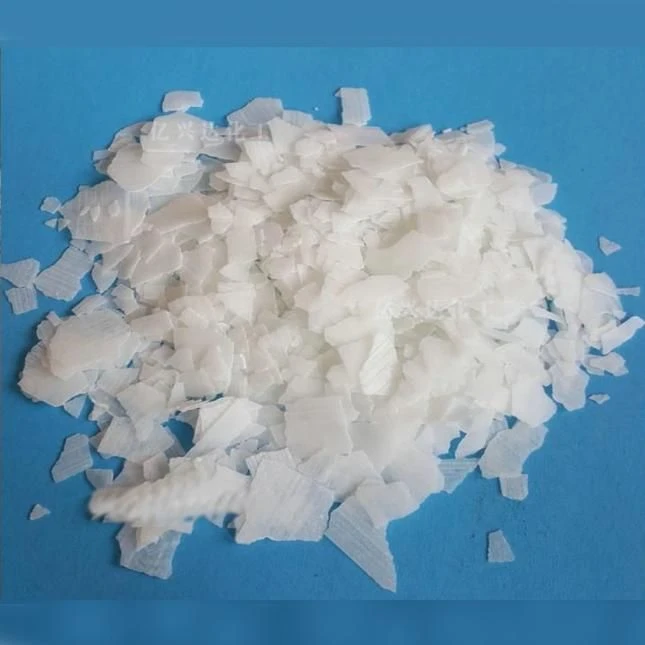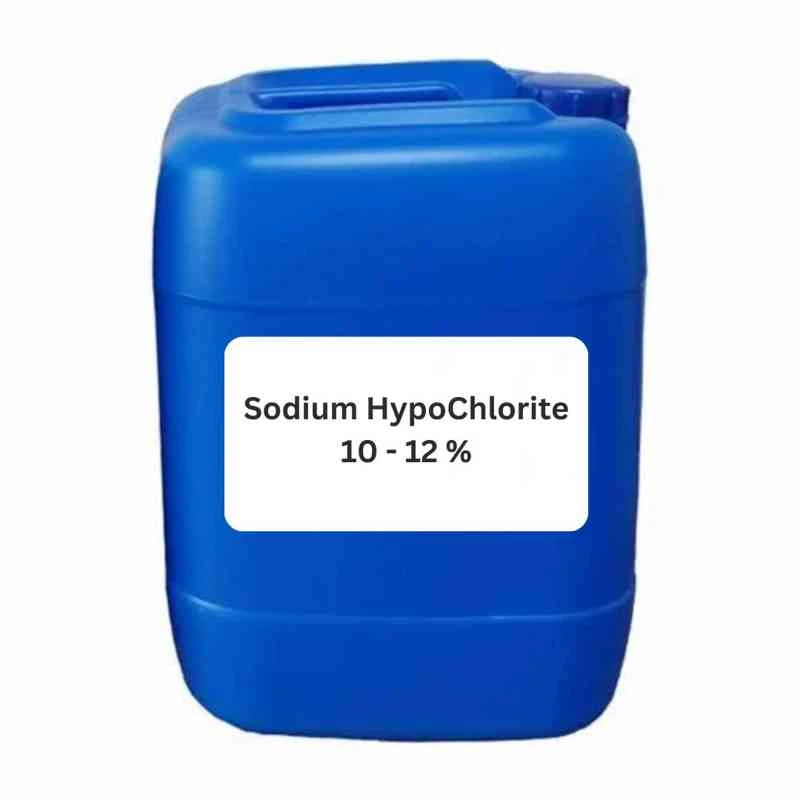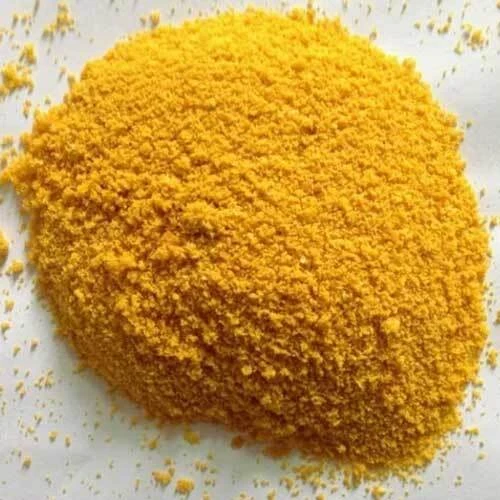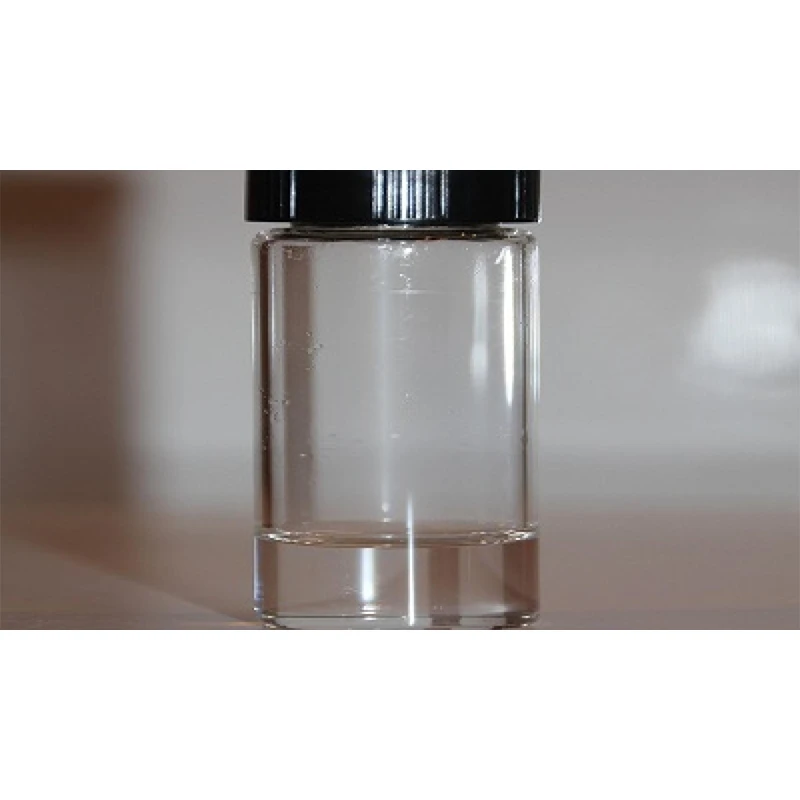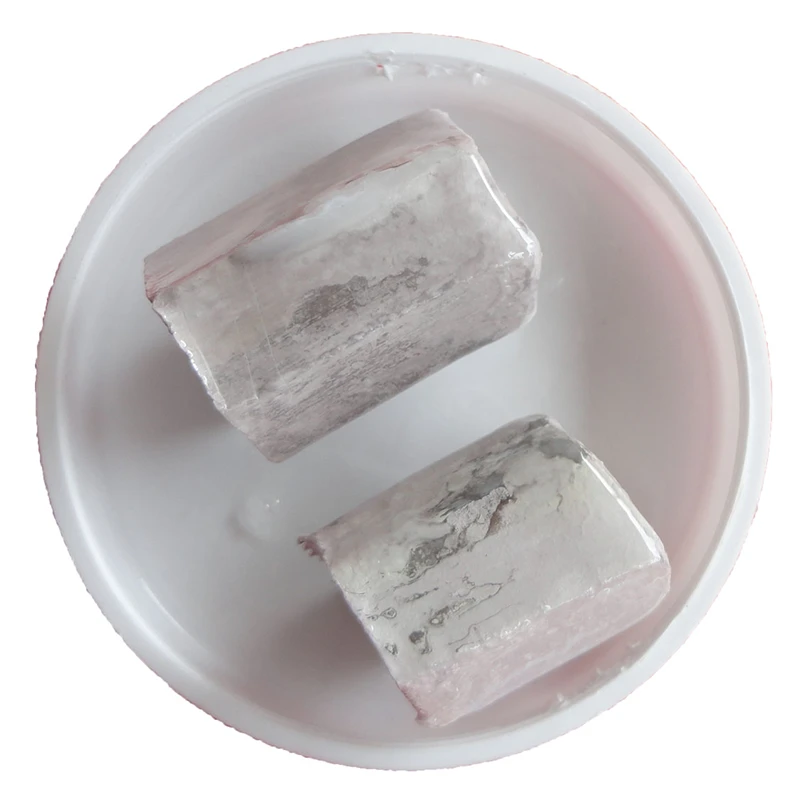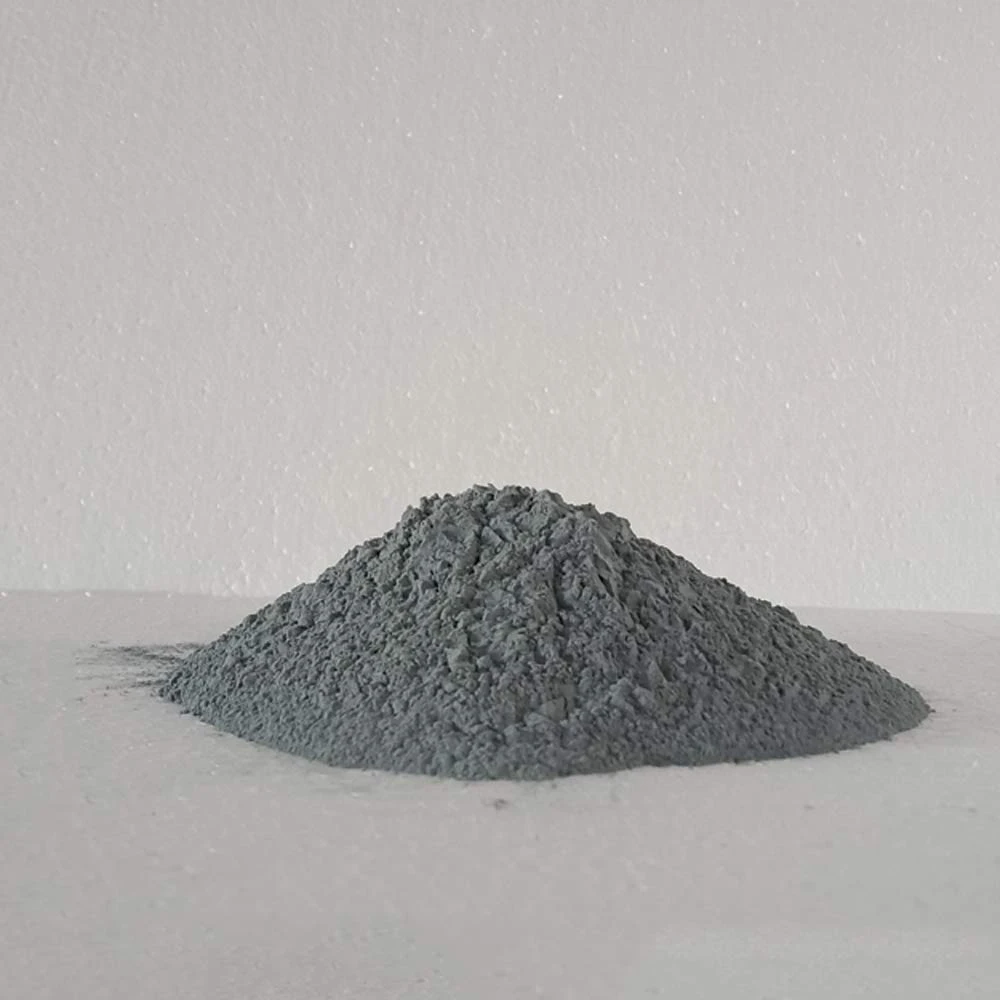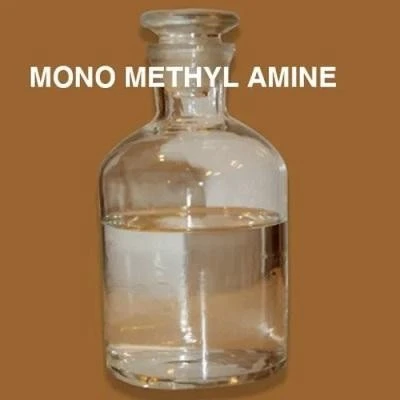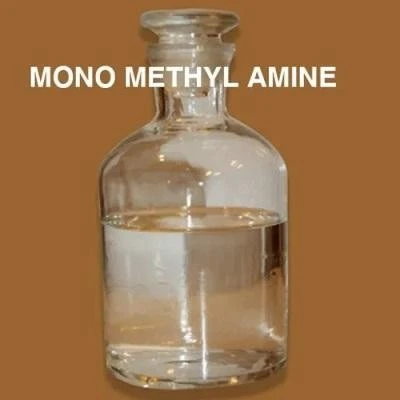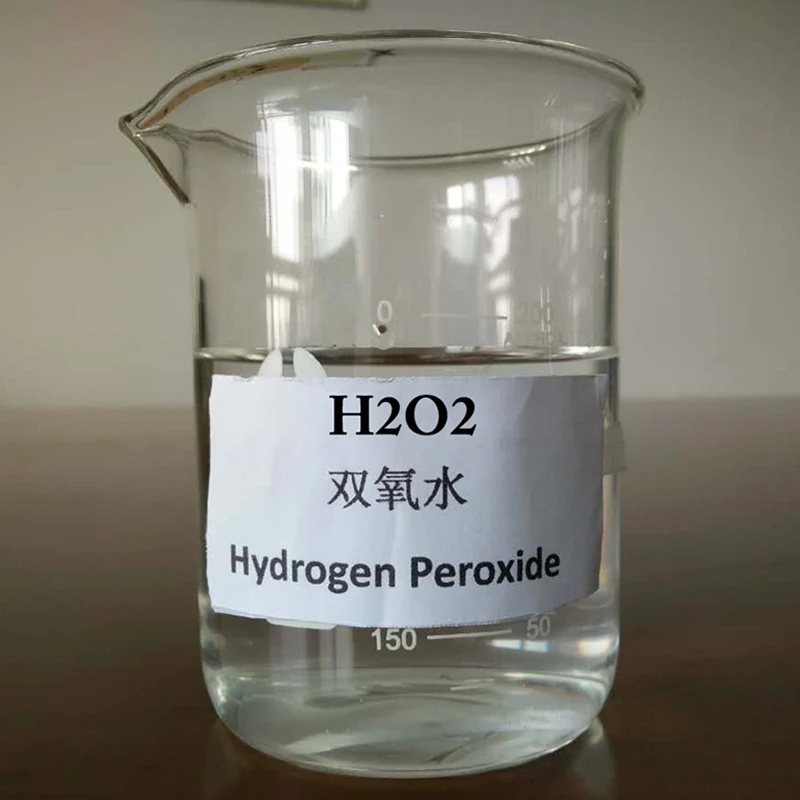
High-Efficiency Pyraclostrobine Fungicide | 20 WG & 25 SC Formulations
As global agriculture embraces innovative fungicidal solutions to safeguard crop yields and quality, pyraclostrobine stands out for its robust efficacy and advanced chemistry. This article offers an exhaustive analysis covering pyraclostrobine, its mainstream formulations (pyraclostrobin 20 wg & pyraclostrobin 25 sc), manufacturing techniques, key technical attributes, market dynamics, use scenarios, and industry-certified supplier comparisons. Relying on certified data and field feedback, we illustrate why pyraclostrobine is synonymous with next-generation crop protection.
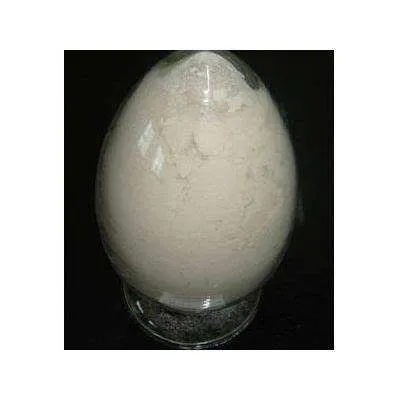
- Global demand: From 2021 to 2023, global pyraclostrobine (incl. 20 WG, 25 SC) market CAGR reached 7.7% (Source: Markets&Markets, 2024), especially driven by Asia-Pacific and Latin America.
- Product evolution: Shift towards water-dispersible granules (WG) and stable suspension concentrates (SC) targeting major crops like wheat, rice, soybean.
- Environmental compliance: Achieves ISO 14001 environmental standards and GLP (Good Laboratory Practice) for safety/toxicology.
- Technological innovation: Adoption of micronization, advanced surfactant matrices, and precision fermentation for active ingredient enhancement.
- Regulatory update: EU and China both renewed pyraclostrobine registration in 2023 after stringent residue and ecotoxicity evaluations (see EU Reference).
Pyraclostrobine (IUPAC: methyl N-[2-[[1-(4-chlorophenyl)-1H-pyrazol-3-yl]oxy]methyl]phenyl]carbamate) is a broad-spectrum strobilurin fungicide, offering enhanced disease control and crop yield stabilization. It is manufactured via precision chemical synthesis, meeting ISO 9001 quality benchmarks.
| Technical Index | Pyraclostrobine (Tech) | Pyraclostrobin 20 WG | Pyraclostrobin 25 SC |
|---|---|---|---|
| Active Ingredient (%) | ≥98.0 | 20.0 | 25.0 |
| Formulation Type | Technical crystals | Water Dispersible Granules | Suspension Concentrate |
| Moisture (%) | ≤0.5 | ≤1.5 | ≤1.2 |
| pH (1% in water) | 6.5–7.5 | 6.0–8.0 | 5.5–8.0 |
| Appearance | White/Off-white powder | Beige granules | Milky white liquid |
| Particle Size (μm) | <25 | 90% <100 | 90% <75 |
| Suspensibility (%) | — | ≥95 | ≥98 |
| Storage Stability (54°C, 14d) | Passed | Passed | Passed |
| PHI (Pre-Harvest Interval, days) | 14–21 | 7–14 | 7–14 |
Production of pyraclostrobine complies with ISO 9001 and ISO 14001 (environmental) standards. The process features controlled synthesis, advanced purification, and stringent quality control. Key technical nodes and their significance:
- Raw Material Input: Sourced from ISO/REACH-verified suppliers; pyrazole, phenol, and carbamates undergo purity pre-checks (HPLC ≥99.2%).
- Chemical Synthesis: Multi-step catalytic reaction, precise temperature/catalyst control (CNC-dosed) ensures uniform molecular structure.
- Purification & QC: Centrifugal filtration, chromatographic separation, anti-solvent washing to reach ≥98.5% content (tested per ISO 17025 lab standard).
- Formulation: Water-dispersible granules (20 WG) and suspension concentrates (25 SC) prepared using high-shear mixers; granulation and micronization ensure excellent dispersibility and crop coverage.
- Packing: Anticorrosion HDPE/Iron drums; batch labels, QR traceability, customized per order/specification.
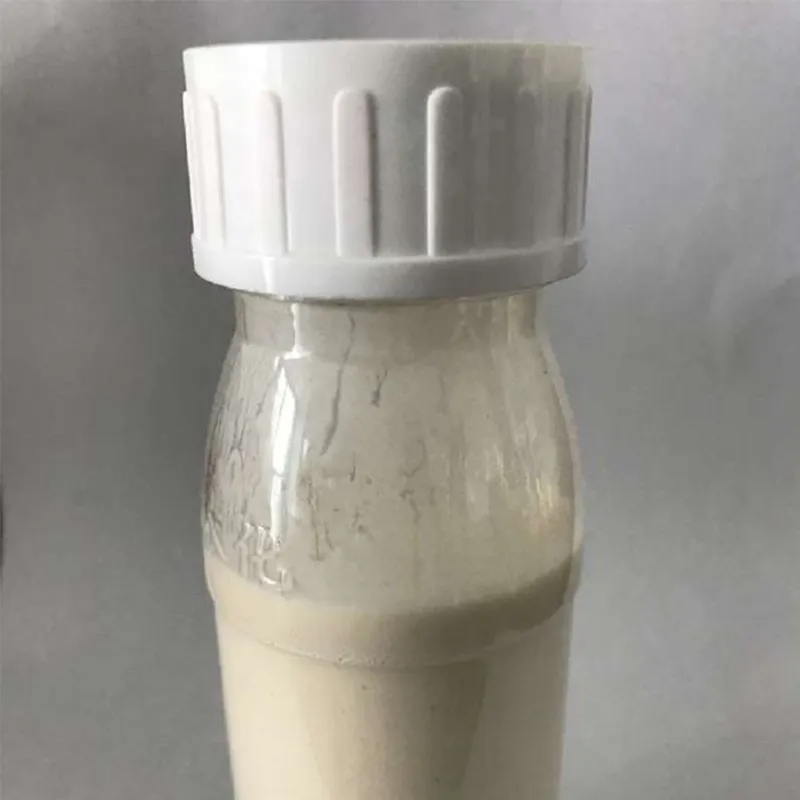
As shown above, pyraclostrobin 25 SC has superior particle fineness, higher suspensibility, and improved rainfastness compared to the 20 WG formula, making it optimal for foliar application in high rainfall regions.
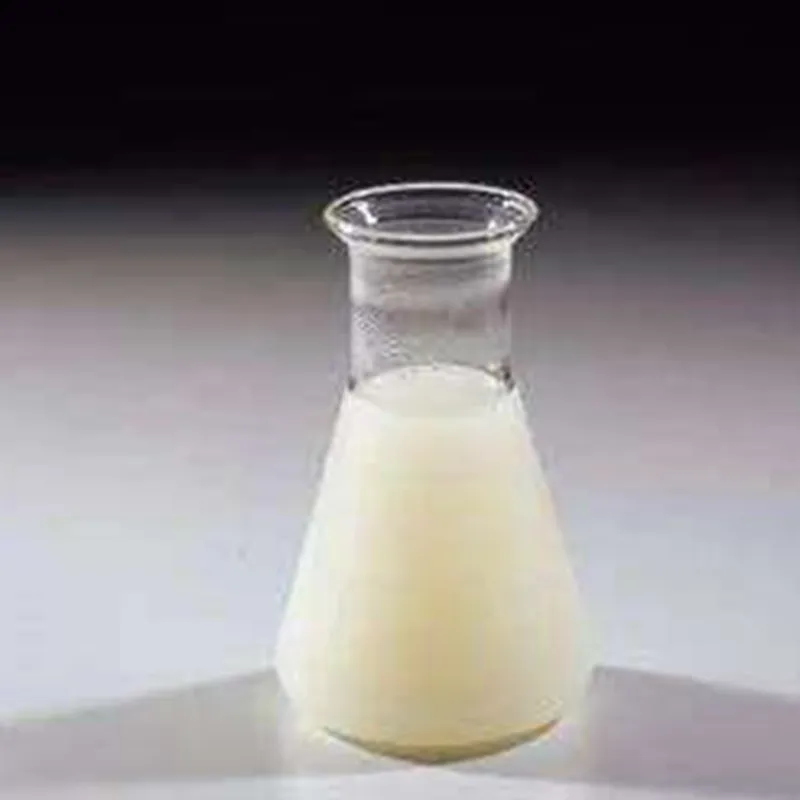
- Wheat & Cereal Crops: Pyraclostrobine provides long-lasting protection against rusts (Puccinia spp.), powdery mildew; boosts photosynthesis by >12% (Syngenta field trial, 2022).
- Soybeans, Legumes: Highly effective against Asian soybean rust (Phakopsora pachyrhizi) and fomblight; 5–7 days longer residual than triazole competitors.
- Rice: Outperforms conventional azoles for sheath blight (Rhizoctonia solani) & blast, achieving average yield gains of 5–8% (Bayer, 2023).
- Horticulture (Fruit & Vegetables): Prevents Alternaria, Botrytis, Sclerotinia; safe for crops at pre-harvest stages due to low residue (MRL <0.01 ppm).
- Sugarcane/Peanuts: Reduces leaf spot, enhances drought and cold tolerance.
Application is performed via foliar spray (standard rates: 100–200 g ai/ha for 20 WG, 125–250 ml/ha for 25 SC), compatible with most surfactants. Adheres to WHO Class III toxicology and is labeled as non-phytotoxic at recommended rates.
In a 2023 trial led by the Chulalongkorn University Agronomy Department, pyraclostrobine 25 SC was applied to 200 ha of rice infected with Rhizoctonia solani. Disease severity index dropped by 82%, with average yield increases of 6.9% over non-treated controls—surpassing local triazole and azoxystrobin products by 11–14% in performance.
- Trial partners: Major Thai rice exporters
- Application rate: 150 ml/ha, 2 applications/season
- Standards: Supervised by ISO 9001/GLP certified CRO
| Manufacturer | Certifications | Product Range | Capacity (t/y) | Technical Support | Customization |
|---|---|---|---|---|---|
| DFChem Pest Control | ISO 9001/14001, GLP, FDA/FAO | Pyraclostrobine Tech, 20 WG, 25 SC, 100g/L EC | 5,000+ t/y | 24/7 Agronomy, Lab, Logistics | Label, packing, formulation, bulk sample |
| BASF | ISO, GMP, FAO | 20 WG, 10 SC, mixtures | 3,800 t/y | On-demand | Limited |
| Hebei Veyong | ISO, FAO China, REACH | Tech, 20% WP, 25%SC | 2,700 t/y | Business hours | Yes (with MOQ limits) |
| Jiangsu Core | ISO, CNAS | 20 WG, 25%SC | 1,500 t/y | Normal | Partial |
- DFChem yields the highest pyraclostrobine output in Asia, with full QA chain (ISO/GLP/FDA), custom-pack solutions, and English/Spanish/Russian agronomy support.
- Customizations: All product lines can be tailor-made—labels, packaging, granule size, adjuvants and surfactant system, anti-counterfeit QR tracking.
- Typical lead time: 3–5 days for lab samples; bulk/FOB delivery 14–28 days, supported by local EU/BR warehouses.
- Brazilian Soybean Grower (Feedback, 2023): “After switching to pyraclostrobine 20 wg, our average disease-free period increased by 11+ days. Leaf retention, pod fill, and protein content all improved.”
- EU Cereal Coop: “Precision batch customization by DFChem ensured granules dispersed perfectly in all EU-compliant sprayers; 25 SC remixed easily without sediment.”
- Vietnam Cotton Project: “Yield boost was clear after foliar pyraclostrobine spray; DFChem’s ISO-labeled drums arrived ahead of schedule.”
- TURKEY Horticulturist: “Our fruits passed the strictest residue checks (EU MRL compliance) post-application.”
Expert FAQ: Technical Terms in Pyraclostrobine Application
A1: 90% of particles should be <100 μm, ensuring rapid dispersion, even crop coverage and minimal spray nozzle blockages. Particle fineness is measured via laser diffraction method per ISO 13320.
A2: HPLC (High Performance Liquid Chromatography), verified with certified standards; tech ≥98%, formulation per spec.
A3: Yes, DFChem products comply with ISO 9001 (quality), ISO 14001 (environment), and meet FAO/ANSI requirements for crop protection agents.
A4: Corrosion-resistant, triple-sealed HDPE or epoxy-coated iron drums passing UN/DOT tests for chemical shipment.
A5: Determined via crop residue studies (per OECD 509, FDA test protocols) to ensure residue below national MRL on harvest day.
A6: ≥3 years (original drums), store in cool (≤30°C), dry, ventilated area, away from direct sunlight and oxidative chemicals.
A7: Some is used in environmental protection coatings, anti-fungal plasticizers, and research chemicals for material science.
- Lead time: Standard delivery within 14–28 days after order confirmation (FOB/CIF terms), including custom formulation.
- Warranty: All shipments include COA, MSDS, batch ISO/GLP test reports; full shelf-life warranty and complaint handling within 48 hours.
- Support: Round-the-clock multilingual (EN, ES, RU, ZH) technical guidance, on-site lab, EU/SA/Asia local support teams.
For further details regarding pyraclostrobine formulations, customization, or bulk sourcing, please visit the official DFChem product page or contact our certified technical advisors.
- “Determination of pyraclostrobin residues in grains via UPLC-MS/MS,” Pesticide Biochemistry and Physiology, 2023. [Link]
- “Strobilurin Fungicides: Resistance Management in Cereals,” Crop Protection Forum, 2022. [PDF]
- EU Pesticide Database: Pyraclostrobin [EU Database]
- China Pesticide Information Network: Pyraclostrobine Formulation Trends [CN]
-
Uncover the Benefits of Sodium ChlorateNewsJun.24,2025
-
Sodium for Sale: Your Essential ResourceNewsJun.24,2025
-
Raw Materials in Chemical IndustryNewsJun.24,2025
-
Potassium Hydroxide: Versatile Solutions for Your NeedsNewsJun.24,2025
-
Organic Pesticides and Chemical Raw Materials: Building a Sustainable FutureNewsJun.24,2025
-
Discover Premium Chlorine Tablets TodayNewsJun.24,2025
-
Zinc for Sale: Your Essential ResourceNewsJun.04,2025


